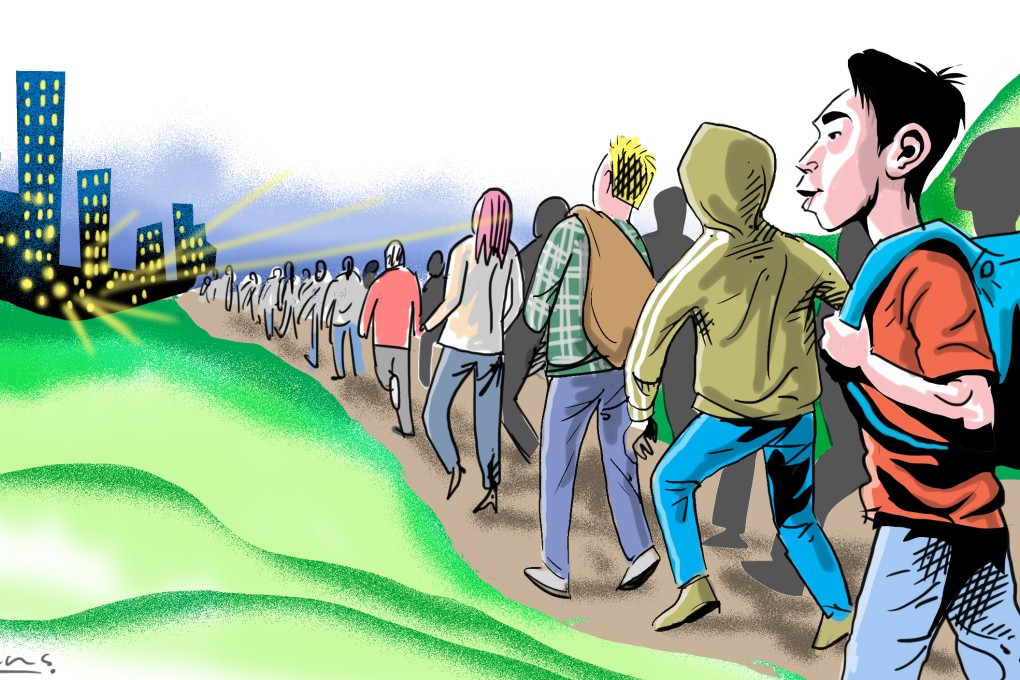Demographic time bomb? China’s army of young, educated and willing workers will keep economy on track
Frederic Neumann says despite worries about population ageing, China can still tap a steady supply of able workers


READ MORE: An ageing China needs to grasp the immigration nettle now
Well, the demographic issue at least will turn out to be more of a damp squib. True, at the surface, China is beginning to grapple with one of the most severe demographic challenges in living memory. Due to its one-child policy, the country is now ageing fast. By some estimates, its working-age population has started to shrink this year as more citizens retire than join the labour market.
Over the coming decade, some 3 million fewer workers will be available every single year. Parallels with Japan come to mind: the number of Japanese workers has steadily declined since the mid-1990s, leading to two decades (and counting) of stagnant growth.

It’s not that Beijing officials haven’t noticed. They recently switched to a two-child policy, after allowing parents without siblings to have two children. That might help, but it’s not going to arrest the decline in the labour force. To stabilise population growth, on average, 2.1 births are needed per woman. Even under optimistic assumptions, the current average of 1.7 might only rise to perhaps 1.9. One challenge is that few young Chinese are keen to have larger families, not least because of the soaring costs involved.
READ MORE: Chinese families search for bigger homes as two-child policy means 17 million babies could be born by 2021
That’s all troubling. But there are two reasons why China’s alleged demographic time bomb will fail to detonate the way pessimists allege. The first has to do with the enormous reservoir of underused workers in the country. A mere 54 per cent of Chinese officially reside in cities. That still leaves some 620 million Chinese people in the countryside, not contributing as effectively to economic output as their counterparts in urban areas.
How many of these might conceivably move to cities to join the modern economy in the coming years? Not everyone will pack up and leave, of course. The elderly might stay put, and many of the young and adventurous have presumably already left. But, even then, there are still some 190 million rural residents under the age of 40. Better jobs and higher pay should ultimately lure many of them into factories and service jobs. Even assuming that only half of them take the plunge, that would add some 100 million workers to the urban workforce in the coming years, roughly the population of the UK and South Korea combined.